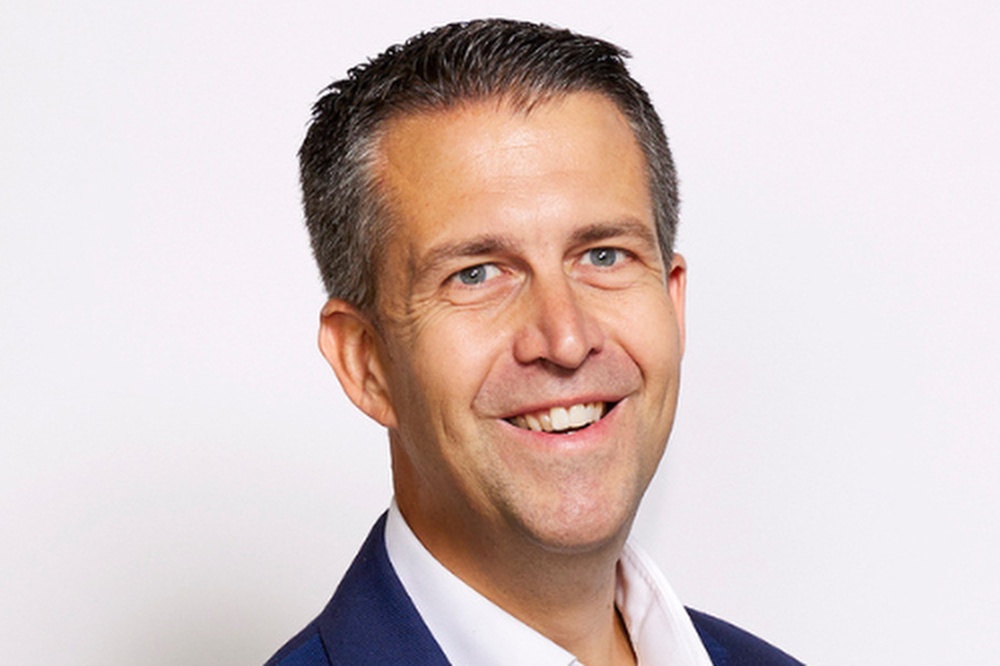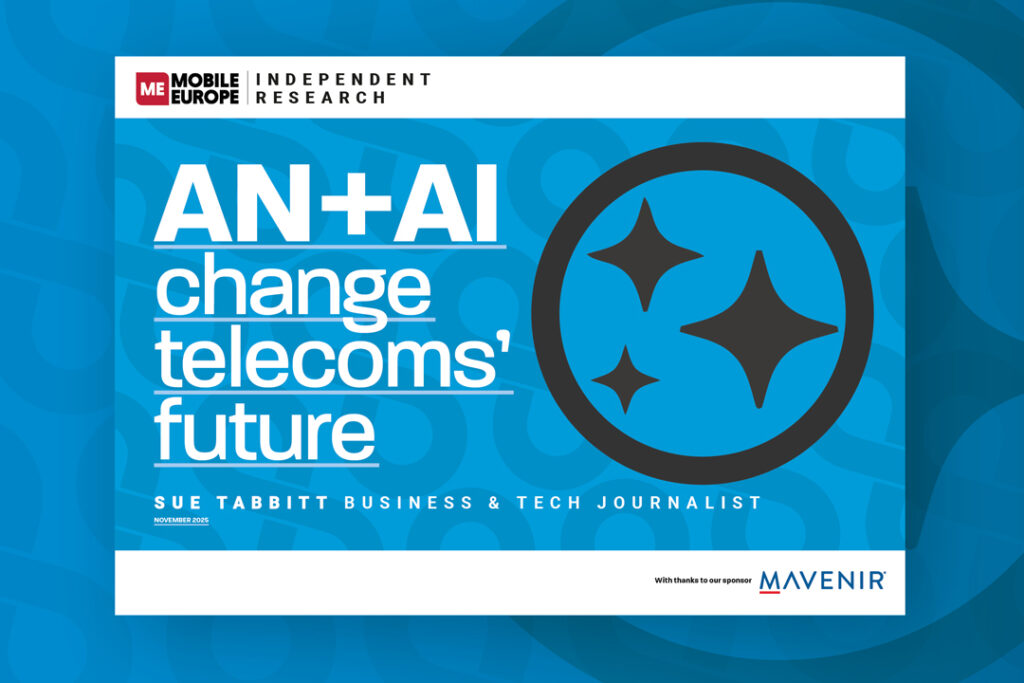Today, we’re deep into the AI hype cycle – over three years in and still building up steam. But how much of the narrative is grounded in reality?
As a communications professional in the telecoms industry for over 20 years, I’ve represented vendors, associations, and telcos through numerous hype cycles. These are often marked by intense marketing activity, bold predictions, and confident promises designed to draw attention. So what role does PR play in both fuelling the hype and managing fallout when expectations fall short?
Telecoms and its hype addiction
Telecoms loves a hype cycle. As defined by Gartner, the cycles move through discovery, peak expectations, disillusionment, and eventual utility. Quiet innovation is quickly followed by marketing efforts designed to generate FOMO and push telcos into action. This amplifies expectations – often to unrealistic levels—before the industry scrambles to deliver.
Let’s take a look at some recent examples:
5G
Initially sold as a revolution, 5G promised ultra-low latency, high speeds, and massive connectivity. Ambitions included powering self-driving cars, remote surgery and smart cities. While it has improved mobile broadband, other benefits and use cases remain unrealised thus far. The gap between expectations and deployment realities—especially the cost and complexity of advanced infrastructure—was underestimated.
Open APIs
Touted as key to telco innovation and developer collaboration, there continues to be a lot of discussion and planning around Open APIs. Meanwhile, several questions remain unanswered around monetisation and broad-scale adoption that proves we’re not as far along as much of the current discourse would suggest.
MEC & NFV
MEC and NFV were pitched as transformative. NFV is now mainstream in core networks, but its impact hasn’t been as broad as once hoped. MEC, meanwhile, still struggles to find compelling, large-scale use cases. As with 5G, their potential remains largely unrealised – not due to lack of value, but unrealistic timelines.
Desperation feeds the cycle
The frequency of hype cycles within our industry either signals vibrant innovation or, more cynically, a scramble for new revenue. Telecoms is mature, with slowing top-line growth. Profitability is often maintained through cost cutting, not new income. Vendors, driven by investor and market pressures, rely on hype of new technologies to fuel upgrade cycles, enhance brand image and seed competitor advantage.
PR plays a central role here, often focusing on potential over practicality. The push to appear “visionary” or “cutting-edge” dominates narratives in media, trade shows, and analyst reports. Optimism often eclipses realism, and the need to stand out ensures hype cycles keep spinning.
Managing the hype
Hype isn’t inherently bad. It drives investment and innovation, fostering useful discussions to drive ideas forward. Without it, many technologies might never gain traction. However, mismanaged hype leads to disillusionment, investor frustration, and wasted resources. It’s rarely the fault of one company—hype is usually a collective industry effort.
We are already in the midst of yet another hype cycle with AI. Yet, there is an opportunity to learn from the past. Vendors and telcos must communicate both opportunities and challenges, and set achievable goals for adoption. Like other hyped technologies, AI’s true impact will come gradually, through steady progress—not overnight transformation. Fortunately, the media is increasingly asking for proof, not puff. They want real-world use cases, not “AI washing” – superficial efforts to brand legacy solutions as AI-driven.
Balancing optimism with realism
Credibility matters. PR professionals must set honest expectations, internally and externally. The most effective communications I’ve seen over two decades are those rooted in facts. While full transparency isn’t always possible, authenticity builds goodwill—crucial when hype inevitably fades. At that point, stories of customer success, partnerships, and real innovation keep the momentum alive.
Hype is both a catalyst and a challenge. If PR teams can balance optimism with realism, we can ensure organisations stay credible long after the hype dies down. Because innovation isn’t just about bold ideas—it’s about turning them into lasting success.
About the author
Paul Nolan is Head of Mobile & Telecoms, and co-MD of CC Group, a Hoffman Agency specialising in B2B PR, analyst relations and digital marketing. He has worked at CCGroup for more than two decades and has represented vendors, telcos, industry associations and consultants during this time. He has worked for global brands, scale-ups and start-ups across the telecoms ecosystem.





